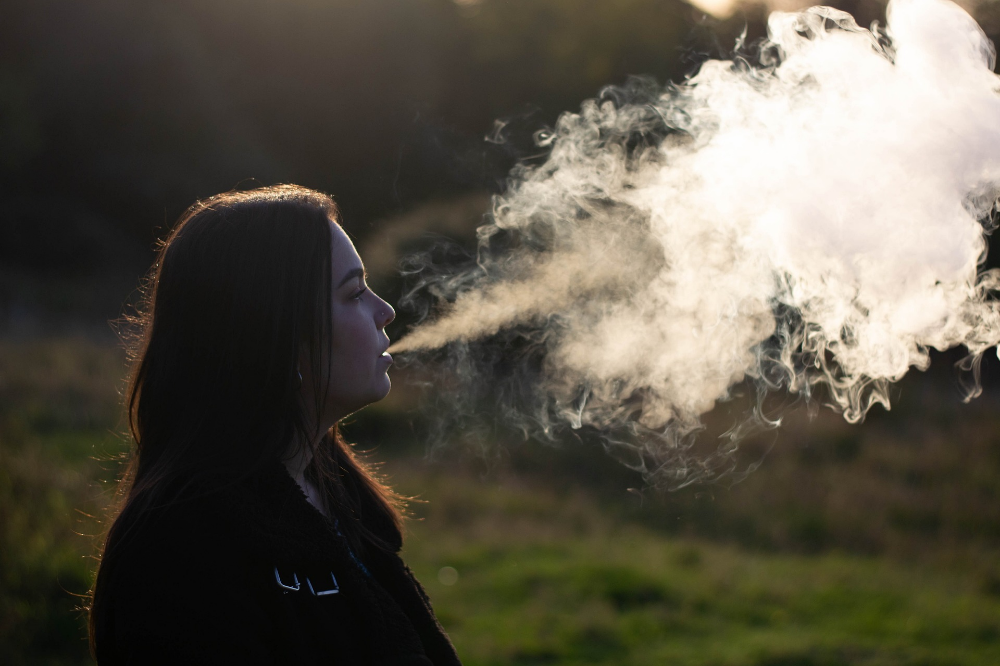
In recent years, schools have observed an alarming rise in youth vaping, leading to increased concerns about the true impact these devices are having on their students’ respiratory health. One health body even called for a nationwide ban on the devices.
A study by the Center for Disease Control and Prevention found that vaping has managed to reverse a decades long trend of declining nicotine use among youth. However, long-term addiction is not the only concern related to youth vaping; there are also increasing reports of short-term health consequences, such as seizures, acute nicotine toxicity, burns and lung injury.
Vaping has also shown to have a detrimental impact on students’ engagement at school.
In 2022, a survey of 400 Australian schools examining their issues with vaping, alcohol, and other drugs revealed hundreds of thousands of missed school days and increased expulsions due to vaping.
However, despite knowing the dangers, students continue to vape, attracted by the flavours, designs, and scents of the products.
The issue has become serious enough in South Australia for the state’s Education Minister Blair Boyer to consider installing vape detection systems in schools.
“We've got to keep in mind as well that ... installing these vaping detectors will lead people to think that we have solved the problem, and we are likely to be pushing the vaping problem somewhere else,” Boyer said.
“Nonetheless, we are looking at doing it where appropriate, because what's happening in tandem with vaping in communal bathrooms is that a lot of vandalism is occurring at the same time, and both these things are being driven by TikTok trends.”
Navigating the issue of vaping can be a tricky one for school principals, as a recent case shows.
A principal speaking to The Educator on the condition of anonymity recalled a difficult conversation he had with parents after suspending three students who had been vaping on school grounds.
“The resulting phone conversations had mixed results,” the principal told The Educator.
“Two lots of parents were supportive but the third thought the punishment was ‘cruel and unusual’ given that ‘everyone is doing this now’ and did the teacher actually see their child with the Vape to their mouth? The latter parent wanted video evidence to support the charge.”
‘No, everyone is not doing it’
Three experts from Griffith University recommend challenging the idea that "everyone is doing it" by providing accurate information about the prevalence of vaping among teenagers.
Murooj Yousef, a PhD Candidate, James Durl, a Research Fellow, and Timo Dietrich, Associate Professor Department of Marketing; Engagement Director Social Marketing, say empowering students to refuse to vape by providing them with alternative responses can be another effective way to reduce peer pressure.
“Educating students about the impact of vaping on their health is crucial for enabling informed choices about their wellbeing,” they wrote in an article published in The Conversation.
“Rather than relying on lectures, teachers should consider using interactive tools, such as games, quizzes, and videos, to engage students in the learning process. Free resources, including games and an online vaping module, have been developed by researchers to assist in this effort.”
Yousef, Durl and Dietrich said research shows vaping can cause lung injury, cardiovascular disease, respiratory infections, other serious, negative effects including on brain development and the immune system.
“Not only can vaping lead to long-term addiction, but it is also associated with other health risks such as seizures, acute nicotine toxicity and burns.”
The experts said as vaping continues to threaten the health of Australian teenagers, schools must take action to address this growing issue.
“By equipping students with the knowledge and tools to make informed decisions, schools can play a crucial role in fostering healthier environments for the next generation.”


